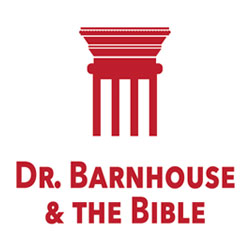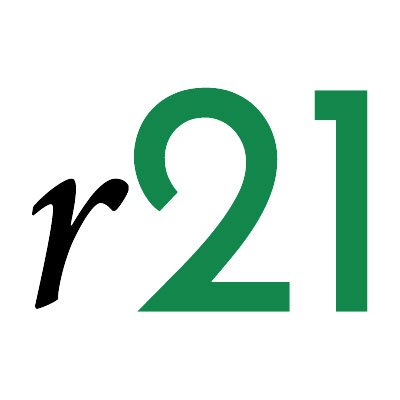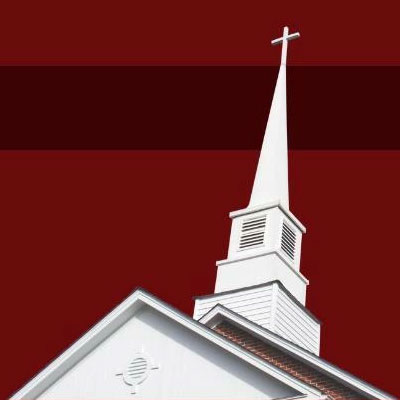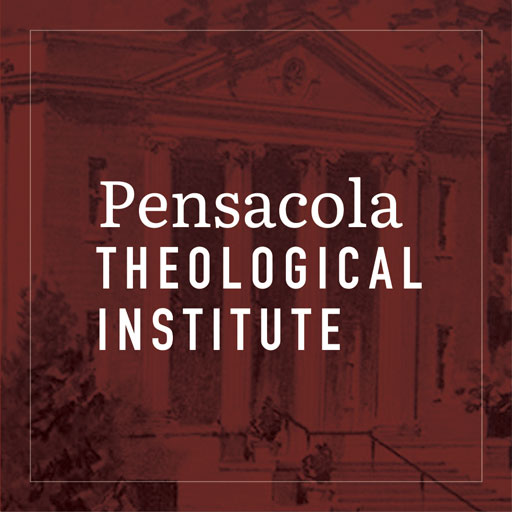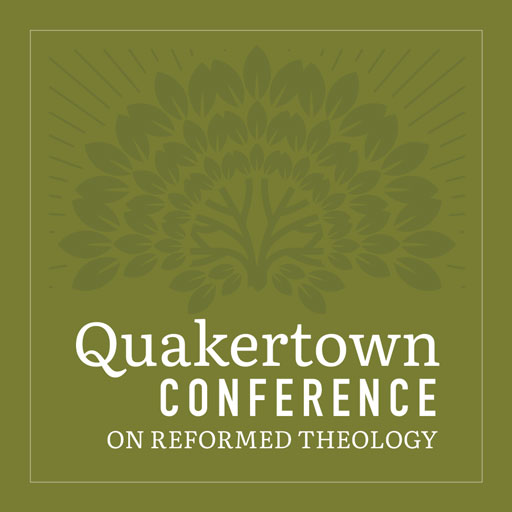
Marie Durand and the French Commitment to Reformed Orthodoxy
Marie Durand was born on July 15, 1711 in in the French village of Bouschet de Pranles. Largely unknown outside of France, she is remembered for her faithfulness to her faith while imprisoned for thirty-eight years in the Tower of Constance. In fact, she has become a symbol of resistance, to the point of being held up as an example during the Nazi occupation of France.
Political Resistance
There is more to her story. She was born at a difficult time in the history of French Protestants (also known as Huguenots). Just a year before her birth, a Protestant armed rebellion against an abusive government had come to a definite end.
The rebellion was in many ways justified. In 1685, King Louis XIV revoked Henry IV’s edict of tolerance of French Protestants and banned all pastors from France. Protestant churches were destroyed, the pastors’ properties confiscated, and their children left in the care of Roman Catholic families. Other Huguenots, on the other hand, were forbidden to leave the country. They had to stay, and become Roman Catholics.
It was then that some started their rebellion. The actual war lasted only two years (1702-1704), but individual combats continued until 1710.
Marie’s parents were Protestants, but rejected violent methods of resistance. In order to stay alive, they made some concessions, allowing a Roman Catholic baptism of their children and sending their son Pierre to the local school, under Roman Catholic instruction. At home, however, they read from the Bible, a Protestant (most likely Genevan) catechism, a Psalter, and a few other Christian books.
In spite of the constant danger, they even attended clandestine worship meetings, until in 1719, a meeting was raided and Marie’s mother Claudine was arrested. She never came back and no one knows what happened to her. Pierre also disappeared.
Religious Orthodoxy
A few months later, Marie and her father Étienne received news from Pierre. He had escaped to Switzerland where he wanted to study for the pastorate. It was not a sudden decision. He had been talking to Huguenot pastors before. The time just seemed ripe.
In Switzerland, Pierre met other young men who were concerned about the lack of ordained pastors and the disorganization of the French church. Many French preachers had no training and extemporary “prophecies” had taken prominence over a thoughtful study of God’s Word. The French Reformers in Switzerland found this situation more dangerous than persecution.
Antoine Court, the most prominent of these reformers, organized a synod to discuss these and other problems, such as the convening of regular worship meetings, the restoration of church discipline, and the establishment of consistories and synods. Pierre adhered to this agenda wholeheartedly, becoming an ordained minister in 1726 and devoting his life to the faithful preaching of the gospel in France.
It was an extremely dangerous task, especially after 1724, when the new king of France, Louis XV, ordered the execution of all Protestant preachers.
In 1729, a troop of soldiers raided Étienne’s house in search of any hints of Pierre’s presence. Étienne was arrested and was asked to write a letter to his son to persuade him to resign and recant his faith. Étienne obliged, putting Pierre in a difficult situation. In the end, Pierre chose to continue to preach.
Marie’s Role
What about Marie? She was alone for a few months, until she accepted a marriage proposal by a family friend. We don’t know if the marriage took place or if they were just engaged. In any case, their joy didn’t last long. On July 14, 1730, one day short of her 19th birthday, the couple was arrested, simply on account of their ties to Pierre. Marie was imprisoned in the Tower of Constance, an ancient fortress in the southern town of Aigues-Mortes.
This is where we first hear her voice, in her letters to friends and especially to her niece Anne, Pierre’s daughter (who became orphan after her father’s execution in 1732 and her mother’s death in 1747). Many of Marie’s letters were also addressed to prominent politicians and to Protestant churches in request for help or in gratefulness for their assistance. She was probably the most literate of the women in prison, and used her skills to teach the young children who were born in the Tower.
“We are surrounded by darkness, smoke choking us,” she wrote to a prominent lady at the royal court (most likely, Madame de Pompadour). “It is the horror of horrors, we could say early hell … in order to follow the divine principles of a religion which commands us to render unto Caesar what belongs to Caesar and to God what is God’s.”[1]
Her correspondence allowed her to stay in touch with pastors who sent letters of encouragement and guidance to the women. For example, Antoine Court reminded the female prisoners who had been “prophetesses” in the rebellion: “Stop running after the fantasies you so often followed. Only the Word of God can make you wise to learn and succeed in every good work.”
The most constant pastoral counsel came from Paul Rabaut, a French pastor who had been trained in Court’s seminary and remained faithful to Protestant orthodoxy against attempts to dilute the message and edit the catechisms. While forced into hiding, Rabaut was also able to meet influential political leaders who in 1768, after a long battle, ensured the freedom of the imprisoned women.
Marie spent her last days in her family home, where she died in 1776. She was supported until the end by a French church in Amsterdam.
Today, she is rightly remembered for her persistence in her religious convictions, which was truly admirable, given that she was surrounded not only by disease, death, and despair, but also by frequent pressures to recant. It’s however also important to remember her and her family as protagonists of a courageous time of French revival which, unlike some modern forms of revival, aimed at recovering the Reformed tradition and protecting the church from private and arbitrary biblical interpretations.


